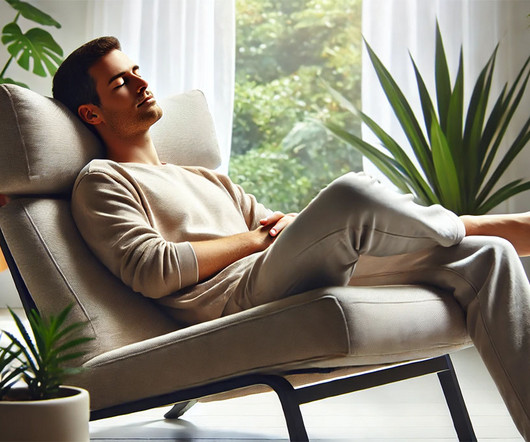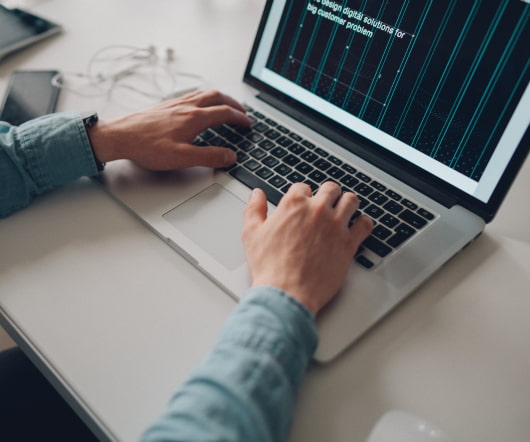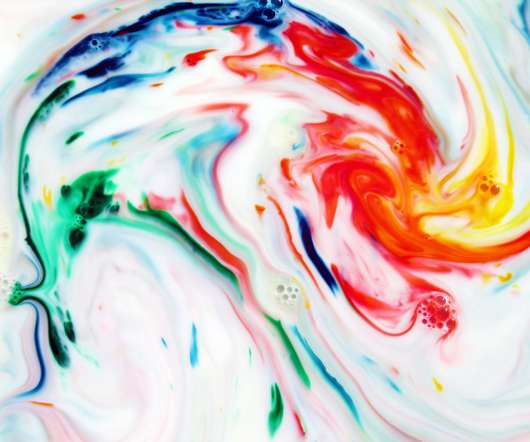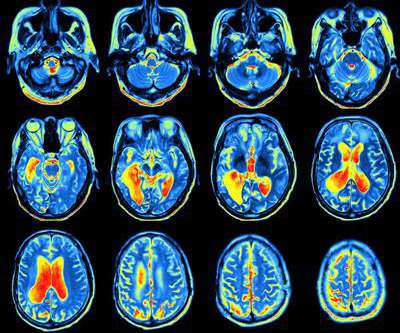Medical Cannabis and Anxiety: Natural Treatment Options
Miss Marijuana
JANUARY 30, 2025
It controls things like mood, stress, and even sleep. Linalool, which smells like lavender, is often used to promote relaxation and sleep. Starting with Microdosing Okay, let’s start with microdosing. For many people, microdosing is a great way to ease into cannabis, especially if you’re anxious about trying it out.












Let's personalize your content